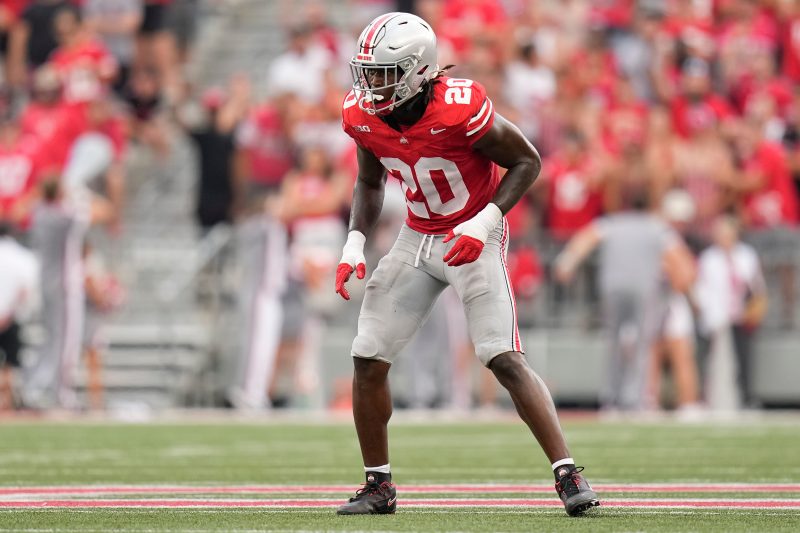(This story was updated with new information)
In the fourth quarter of Saturday’s game against Nebraska football, Buckeyes linebacker Arvell Reese was ejected from the game for targeting, which was confirmed by officials after review. Reese was given a targeting penalty following a hit on Nebraska’s Jahmal Banks, which caused some curiosity about whether it was targeting or not.
The reason for the controversy on the targeting call was that Banks had already dropped the ball by the time Reese put a hit on him. However, Reese’s arm going at Banks’ shoulder is what ultimately upheld the targeting call after review.
As a result of his targeting call, which also came with a 15-yard penalty, Reese will also miss the first half next week at No. 3 Penn State.
Ohio State coach Ryan Day was given a warning by officials for a personal foul, as he threw his headset seat after the call. Play on the field was also delayed for water bottles being thrown onto the field.
Nebraska got the ball at its 46-yard line after the play, giving the Cornhuskers and quarterback Dylan Raiola prime field position to put together a game-winning drive. The Buckeyes’ defense had something to say for that however, as Jordan Hancock came up with an interception to seal the win for Ohio State.
What is targeting in college football?
The NCAA Football rule book dictates that targeting generally must meet one of the following criteria:
Leading with the crown of the helmet
Making forcible contact to head or neck area of a defenseless player
If a player is called for targeting, it results not only in a 15-yard penalty, but also forces an ejection of the offending player. If the call occurs in the second half of a game, it also means the player must miss the first half of their ensuing game.
